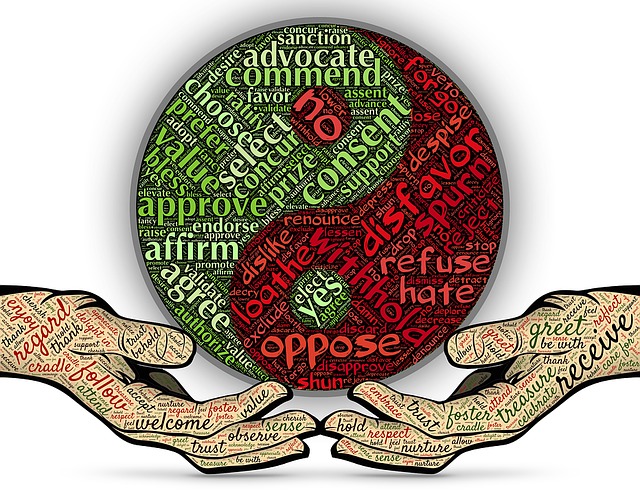The Mindful Nation UK report stated that mindfulness alone will not fix dysfunctional organisations. Where narcissistic managers or leaders exist in an organisation, the result is typically a toxic environment for employees where they are devalued, overworked and subject to public, caustic criticism.
Mindfulness can build resilience but the desired intention is not to build people’s capacity to endure unreasonable workloads or a toxic environment. It is designed to build their capacity to contribute to the organisation where reasonable stressors exist.
Narcissistic managers see resilience as a way for employees to “toughen up” so that they meet their unrealistic demands. I have even heard one senior narcissistic manager say of his subordinate manager that he “needs to be more resilient” in a situation that involved ever-changing deadlines, public criticism by the senior manager in front of his own staff, constant blaming for things outside his control and demands that border on unethical behaviour.
The Mindful Nation UK report was cognisant of the very relevant views expressed by the Trade Union Congress (TUC) in its 2013 document on “Work and Wellbeing: A Trade Union Resource”. In this resource, the TUC expressed concern that wellbeing programs were being used as a substitute for addressing more fundamental issues such as workload, hours of work and inappropriate management style.
In their discussions with the working group developing the Mindful Nation UK report, the TUC were particularly concerned about the need to address toxic work environments and not assume that mindfulness training for staff will change the level of toxicity by osmosis – that is, by unconscious assimilation of the values, ideas and skills of mindfulness by narcissistic managers who create toxic environments.
The Mindful Nation UK report recognised the validity of the TUC’s concerns by stating:
Mindfulness will only realise its full potential when it is part of a well-designed organisational culture which takes employee wellbeing seriously (p. 45)
Despite this assertion and the statement that “as an isolated intervention it [mindfulness] cannot fix dysfunctional organisations”, the report recommendations relating to mindfulness in the workplace still failed to include explicit intervention in the organisational culture.
As organisations help managers and leaders to grow in mindfulness through mindfulness training, they also need to design interventions to directly address the culture of the organisation in a planned, constructive way that creates values and behaviour consistent with those espoused in mindfulness programs.
By Ron Passfield – Copyright (Creative Commons license, Attribution–Non Commercial–No Derivatives)
Image source: courtesy of geralt on Pixabay
Disclosure: If you purchase a product through this site, I may earn a commission which will help to pay for the site, the associated Meetup group and the resources to support the blog.













